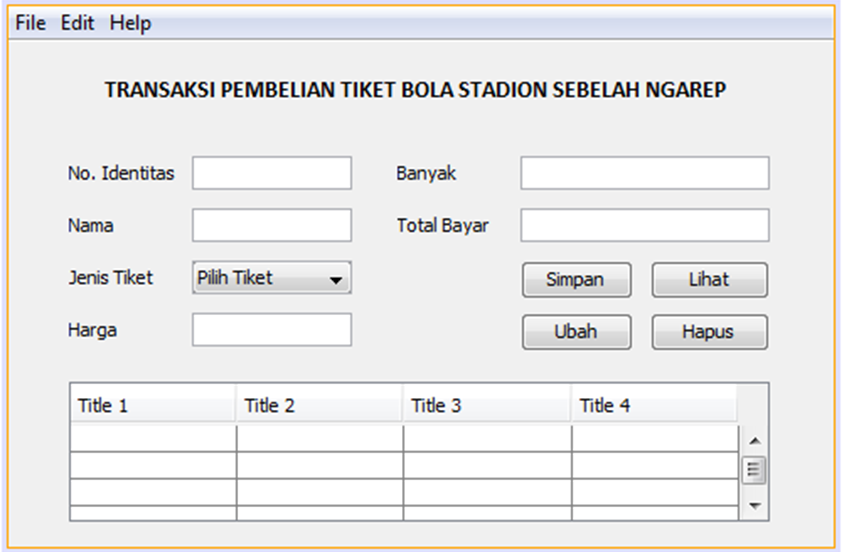Download Advanced Brazilian Jiu Jitsu Techniques Pdf Free

You can test the functionality and special features of iBudokan's Brazilian Jiu-Jitsu app with this iBudokan's Brazilian Jiu-Jitsu FREE app, iBudokan's Brazilian.
Not to be confused with. The ranking system is a means of signifying a practitioner's increasing levels of technical knowledge and practical skill within the art of Brazilian jiu-jitsu.
Colored belts that are worn as part of the are awarded to the practitioner. While the ranking system's structure shares its origins with the ranking system and that of all, the Brazilian jiu-jitsu ranking system grew to incorporate unique aspects and themes.
The system has minor differences from Judo in areas such as a division between youths and adults and the issuance of stripes and degrees. Some distinct differences have become synonymous with the art, such as a marked informality in promotional criteria, a focus on a competitive demonstration of skill, and a conservative approach to promotion. Contents • • • • • • • • • • • • • • • • • • History [ ] In 1907,, the founder of, introduced the use of belts ( ) and ( ) in the martial arts, replacing the practice of training in formal. In 1914, Kanō's pupil arrived in Brazil, a journey which led to the development of.
At the time Kanō used only white and black belts, with white representing the beginner, as a color of purity and simplicity, and black being the opposite, representing one who is filled with knowledge. Some believe that was the first to introduce additional colors in 1935 when he began teaching Judo in, ten years after opened his academy in Brazil. Kawaishi thought that a more structured system of colored belts would provide the student with visible rewards to show progress, increasing motivation and retention.
Since then, Brazilian jiu-jitsu, judo, and many other martial arts have adopted the use of colored belts to denote students' progression in the arts. The first official belt ranking system was created in 1967 by the. [ ] Much of the current criteria and modern belt ranks were implemented by the.
Adult belt ranks [ ] White belt [ ]. White belt is the beginning rank for all Brazilian jiu-jitsu students. White belt is the first belt within Brazilian jiu-jitsu. The rank is held by any practitioner new to the art and has no prerequisite. Some instructors and other think that a white belt's training should emphasize escapes and defensive positioning since a white belt will often fight from inferior positions, especially when training with more experienced practitioners. Most academies will additionally require that a white belt level practitioner works to obtain a well-rounded skills set, with a knowledge of basic offensive moves, such as common. Blue belt [ ].
The IBJJF requires a practitioner remain a blue belt for a minimum of two years before progressing to purple. Blue belt is the second adult rank in Brazilian jiu-jitsu at schools that do not use yellow, orange, and green belts for adults.
At the blue belt level, students gain a wide breadth of technical knowledge and undertake hundreds of hours of mat time to learn how to implement these moves efficiently. Blue belt is often the rank at which the student learns a large number of techniques. Although many Brazilian jiu-jitsu organizations adhere to the IBJJF standard of awarding the yellow, orange, and green belt exclusively as part of a youth belt system (under 16 years of age), some supplement the time between white belt and blue belt with one or more belts of these colors with adult practitioners as well.  The requires that a practitioner be at least 16 years old to receive a blue belt, thereby officially entering into the adult belt system.
The requires that a practitioner be at least 16 years old to receive a blue belt, thereby officially entering into the adult belt system.
Purple belt [ ]. The IBJJF requires a practitioner remain a purple belt for a minimum of 18 months prior to achieving a brown belt. Purple belt is the intermediate adult ranking in Brazilian jiu-jitsu. The purple belt level practitioner has gained a large amount of knowledge, and purple belts are generally considered qualified to help instruct lower-ranked students. The IBJJF requires students to be at least 16 years old and recommends they have spent a minimum of two years ranked as a blue belt to be eligible for a purple belt, with slightly different requirements for those graduating directly from the youth belts. Brown belt [ ].